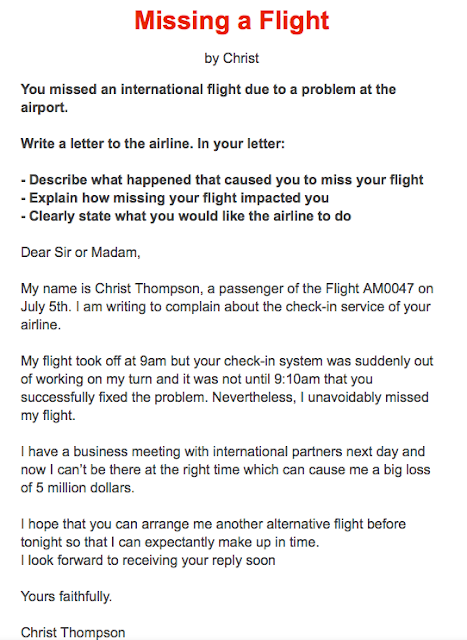Interview Experience at ThoughtFocus Gurgaon
I recently appeared for an online interview at ThoutFocus Gurgaon and will be sharing the questions asked by the interviewer. The role of the QA is Manual with sound knowledge of automation.
Experience Required - 2-5
Role - QA (Manual and Automation)
Company - ThoughtFocus
Location - Gurgaon
So, the interviewer without asking for an introduction started to ask me for current responsibilities in the organization I work.
Experience Required - 2-5
Role - QA (Manual and Automation)
Company - ThoughtFocus
Location - Gurgaon
Interview Experience at ThoutFocus Gurgaon
I had gone through the online test through HackerEarth sent by ThoughtFocus, after clearing it, I got the call from HR to schedule my Skype F2F interview with Technical Panel.So, the interviewer without asking for an introduction started to ask me for current responsibilities in the organization I work.
- What do you understand by Test Planning? - A test plan is a document prepared by the testing team for describing the scope and activities which will be carried out by the testing team. As per the ISTQB, a test plan is a document that describes the scope, approach, resources, and schedule of intended test activities.
There are several activities that are associated with the test planning phase that one needs to know and work on before taking any rapid actions.
Test planning can be categorized into various steps -
- Product analysis
- Develop test strategy
- Define test objectives
- Define test criteria
- Resource planning
- Plan test environment
- Schedule & estimation
- Test deliverables
We will go into more details about each and every topic as to when someone faces this question, he/ she must impress the interviewer with the right process.
- Analyze the product - While creating a test plan, a tester must have complete details of the product like its functionality, screens, and flow.
- Develop test strategy - There is a very important interview question that is often asked in the interviews, what is the difference between a test strategy and test plan? Well, the test strategy is a subset of the test plan. A test strategy document is prepared by the test manager and it consists of high-level details such as testing objectives and means to achieve them, testing efforts and costs required to complete the testing.
- Define test objectives - This step is similar to what we have performed while preparing test strategy - to define the goal and achievement of test execution.
- Define test criteria - Defining exit criteria bases upon the pass percentage of the test cases. The pass rate is calculated which is a ratio between the number of test cases Passed/total test cases executed based on which completion of test execution is decided.
- Resource Planning - Like the name says, how many team members will be the part of the test execution, what automation tools needed to be used. Different roles are assigned to team members like Manager, Test Lead, SME's, Junior tester, etc.
- Plan test environment - A test environment is dedicated entirely for the testing and development activities, it is just like a replica of the production environment.
- Schedule & Estimation - The Project manager is accountable for the deliveries and the estimation of the activities performed by the team. Any risks identified need immediate action from the project manager.
- Test Deliverables - Finally, once everything is completed, Documents needed to be handed over such as test summary report, defect report and the logs which were captured while running automation scripts.
So, these were the points that need to be covered while answering test planning to the interviewer.
- Design the test cases for a pen? - I was shocked when he asked me this question because I had prepared for all the technical terms and out of nowhere he showed me a pen and asked me to design as many test cases as possible to test the pen. During the interview, I was so tensed that I couldn't create more than 5 scenarios for a pen and it can happen to anyone. To ease the situation, I have now created ample test cases for a ball pen below -
- Verify whether you are able to hold the pen comfortably.
- Verify whether you are able to write smoothly.
- Verify that the pen is not making any sound while writing.
- Verify the ink density is proper while writing, it should neither overflow nor get short.
- Verify that the company name is clearly visible.
- Verify that the ink color is consistent throughout the writing.
- Verify whether we are able to write on different types of papers using that pen, for example, cardboard, rough paper, A4 size sheet, etc.
- Verify if the ink doesn't get dry too quickly if the pen cap is removed for some time.
- Verify if any other refill fits in the pen easily or not.
- Verify that the pen doesn't have any sharp edges or corners.

Comments
Post a Comment